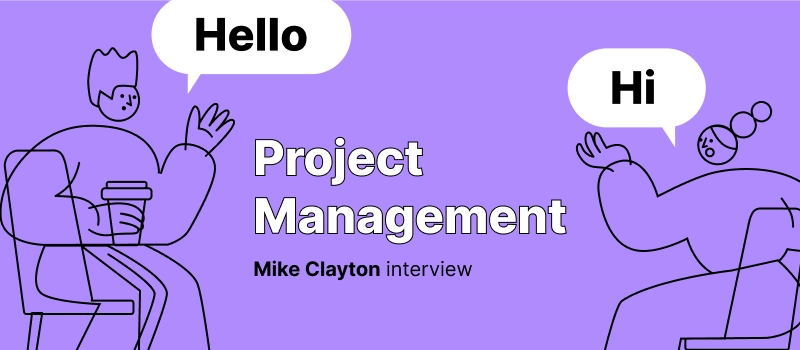
Employee burnout is a major problem with plenty of adverse impacts.
Burnout can impact employee wellness in a negative way and detract from workplace performance — often significantly. For this simple reason, more and more businesses try to reduce these risks in their teams. And hopefully, our five-step guide on how to prevent employee burnout will help you fulfill this challenging task as well.
How to Prevent Employee Burnout: Best Practices
1. Design work around productivity
The notion of designing work around productivity may sound obvious, if not somewhat oxymoronic. But the truth is, employees in a lot of modern workplaces don’t feel the emphasis on productivity, so much as on work itself. In other words, today’s employees often feel that they’re being driven to work a certain amount, rather than work to produce certain results or each goal.
This is a problem because work for work’s sake is not rewarding — and is exhausting (and can thus induce burnout). On the other hand, as we put it in our take on The ABCs of Employee Productivity, “productivity is everything” in the business world. What this all means from a management perspective is that finding ways to make employees aware of what tangible goals and accomplishments they’re working toward — as opposed to just how much work they’re doing — can make a real difference where burnout is concerned.
2. Set up feedback and check-ins
This suggestion basically boils down to making sure that employees are given the opportunity to voice frustrations or discuss stress factors — and do so without fear of judgment or retribution. By setting up feedback systems and/or scheduling regular check-ins, you are giving employees a voice, and a means to make you aware of problems you might not otherwise see.
This doesn’t mean you have to (or will even be able to) address every concern that comes your way. But these kinds of open communication options can absolutely help to head off issues that might otherwise lead to burnout.
3. Invest in organizational leadership
The field of organizational leadership can cover a lot of specific jobs and tasks, including administrative work, management analysis, program management, HR, and more. And up until recently, some of these jobs may have seemed to modern businesses to be low priorities for investment.
With more and more focus on office atmospheres and employee wellness though, these have become demanding jobs, to the point that organizational leadership is among the leading subjects people are returning to school or pursuing online education for. In fact, to give you an even clearer idea of the buzz in this space, Maryville University cites organizational leadership degree graduates as those who will enjoy the fastest job growth among all occupations from 2018 to 2028.
So the sheer demand for organizational leadership tells you just how many businesses are finding it worthwhile to invest in this space. Professionals in this category are trained essentially to manage workplace environments and having someone in a role like that can go a long way toward building up more favorable conditions for employees. This in turn can and will reduce burnout.
4. Set realistic goals
Setting realistic goals relates to focusing on productivity rather than work itself. But by specifically organizing that productivity focus around reachable goals, you can give employees a true sense that their time and effort matter.
Short-term, attainable successes make people feel good about their contributions, and make the entire process of going to work and getting through workdays worthwhile — if not, in the best of cases, exciting! It’s not a catch-all solution, but this is ultimately one of the best efforts you can make to combat burnout.
5. Promote flexibility
Finally, and particularly in light of the workplace changes we expect to see heading into 2021, it’s a good idea to promote flexibility among employees. To borrow from an MIT Sloan School of Management professor’s take on flexible working hours (as written up by Fast Company), giving employees a sense of choice and control over “when, how, and where they do their work” is “valuable for their wellbeing, their excitement for the job, and their commitment to the company.”
Those quotes really say it all. Each of those perks directly counters problems like fatigue and burnout, which suggests that allowing flexibility — so long as it’s not at the expense of productivity — can be one of the most effective measures to take where this subject is concerned.
Combatting employee burnout has become one of the most important management challenges in the modern workplace. It can take time to figure out, and it can at times be uncomfortable. But the strategies we’ve just covered can do a lot to help you pull this off successfully.
How to Prevent Employee Burnout: Final Thoughts
A study by Stanford University found that burnout among healthcare professionals affects their work quality and makes a huge difference between good or bad results for patients. Clearly, that is a particularly haunting example because of the profession at hand. But even if burnout isn’t such a direct life-or-death problem in other industries, it is every bit as present.
For this reason, it’s pivotal for every business to address the risks of burnout among its staff members as promptly as possible and minimize its occurrence. Use our guide on how to prevent employee burnout to succeed with these tasks, promote team productivity and well-being.
The article is exclusively written for actiTIME by Tati Mason.


















































